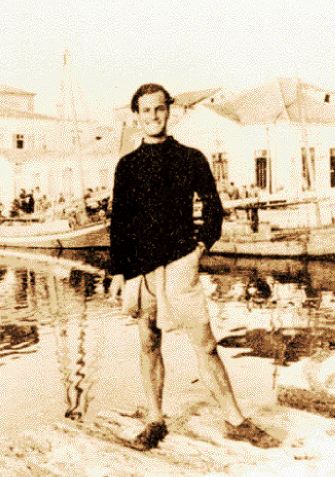I am told we will be playing at 9:00 p.m. (going on first and early since we are old and our friends are also old) at Gallery Cabaret in Bucktown. I am troubled to see we are not shown on the calendar … . Details to follow as I get that clarified. (The drink specials that night are Jever Pilsener and Huber Bock, both $3 bottles. )
Four songs recorded in 1989 here. We will be dragging out these old warhorses, for sure. We will be adding one new cover to the set: Who Will Save Rock’N’Roll? I wish Handsome Dick Manitoba could be there with us, physically, not just in spirit.



